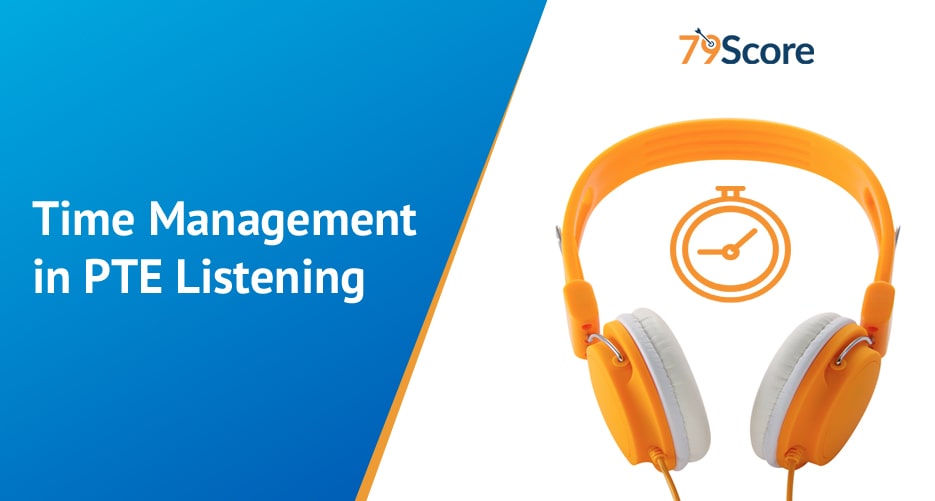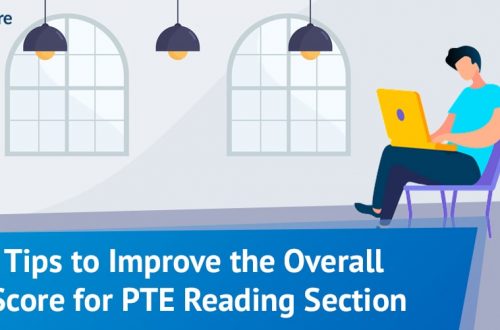Time management is a crucial factor in most of the competitive exams, but PTE tops the list of such competitive exams. The exam demands both efficiency and accuracy at its best and with too many different modules and multiple questions to answer, it is only time management (after lots of practice of course!!) that can contribute to an outstanding PTE score.
While time management in PTE listening is important throughout the test, it is extremely important for the simple reason that this module is performed in real-time and cannot be modified or edited like the other ones such as the reading or the writing tasks.
We will discuss a few tips here to effectively use the time in the PTE listening module.
Tips for Time Management in PTE Listening
- The first task here, ‘Summarize Spoken Test’ is timed separately for ten minutes. Remember to utilize the specified time only for this task and do not try to save time since the saved time cannot be utilized for other tasks.
- Do not waste unduly a lot of time on the PTE listening part because you need to make sure that you are neither rushing through the other upcoming parts, nor you should have to miss any of the remaining parts due to lack of time. This also remains one of the common mistakes done by the candidates where they cannot make it to the final question type ‘Write from dictation’ since they have wasted a lot of time in the rest of the PTE listening questions and end up scoring fairly low in the module.
- Do not spend more than 30 seconds per question in the task ‘Select missing word’. You will hear an audio clip for about 30 seconds and then need to select the missing word from a list of five options. Since the audio cannot be repeated, try and select the correct answer within 30 seconds. You either know the answer or not. There is no point in contemplating the different options and wasting time.
- Use the same trick for the part ‘Highlight Correct Summary’ where you need to match your notes to the correct answer from the list of given options. Once the audio is finished, all you need to do is to match your notes to the correct options and that should not take more than 30 seconds. Remember, you cannot replay the audio; you only need to choose from the given options. If you think you are not too sure, move on and stop wasting your time!
- Remember to familiarize yourself with the PTE test concept with lots of practice. Additionally, prioritize the tasks that contribute to a great score such as the ‘Fill in the Blanks’ task. This task has neither a confusing option nor any negative marking. And last but not least, know when to let go of a question and stop wasting further time on it. It would not be wrong to call PTE an experience and not just a test since one has to take it to understand it!
Practice With 79score.com Mock Tests
While all of this is just the tip of the iceberg, the right guidance comes from the experts like 79score.com You can count on them for their years of experience and the right methodology.
Apart from rigorous and strategic training, they also offer free PTE mock test with a score. The real-time PTE academic test is also regularly updated with the latest questions.
These questions have been asked recently from the different PTE centers that are spread across the world. So, DON’T WASTE your time and start practicing.
|
79Score
|





